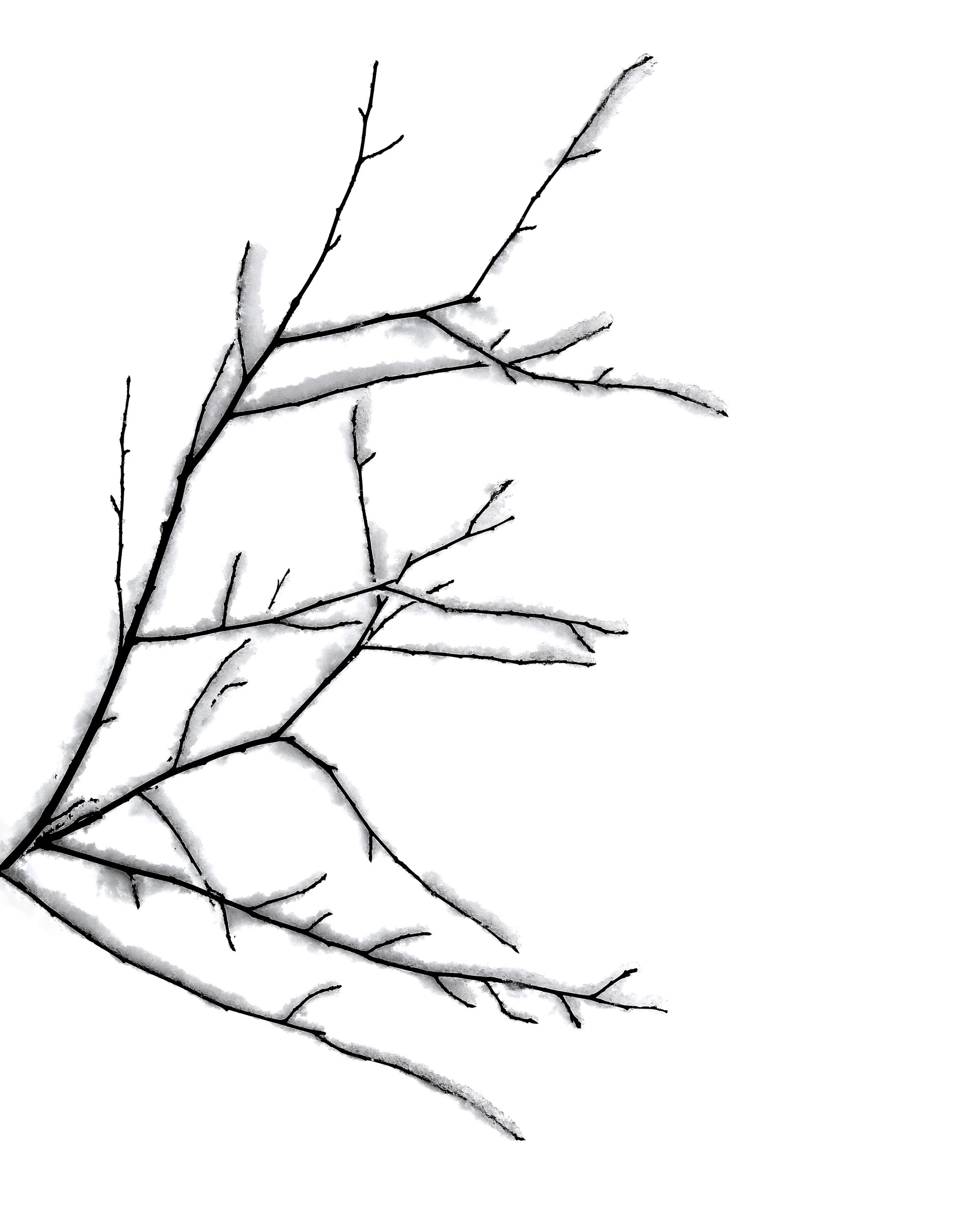
snow day
i am a bit late today because we have been without power and internet for 1 ½ days. we had one of the more beautiful snowfalls in a long time—wet and sustained. the wet is key, because it makes the snow cling to the trees. so everything looks as though it has been dusted with powder sugar. but the wet also wreaks havoc on the utility lines. as of a 5 minutes ago, i am back up and running. it was a good old-fashioned snow day. i enjoyed it. but, at the same time, i was surprised just how discomfiting it felt to be without internet for two days. it makes me think a weekly or monthly digital sabbatical for a day might be a good idea. it shouldn’t have felt quite as uncomfortable as it did.
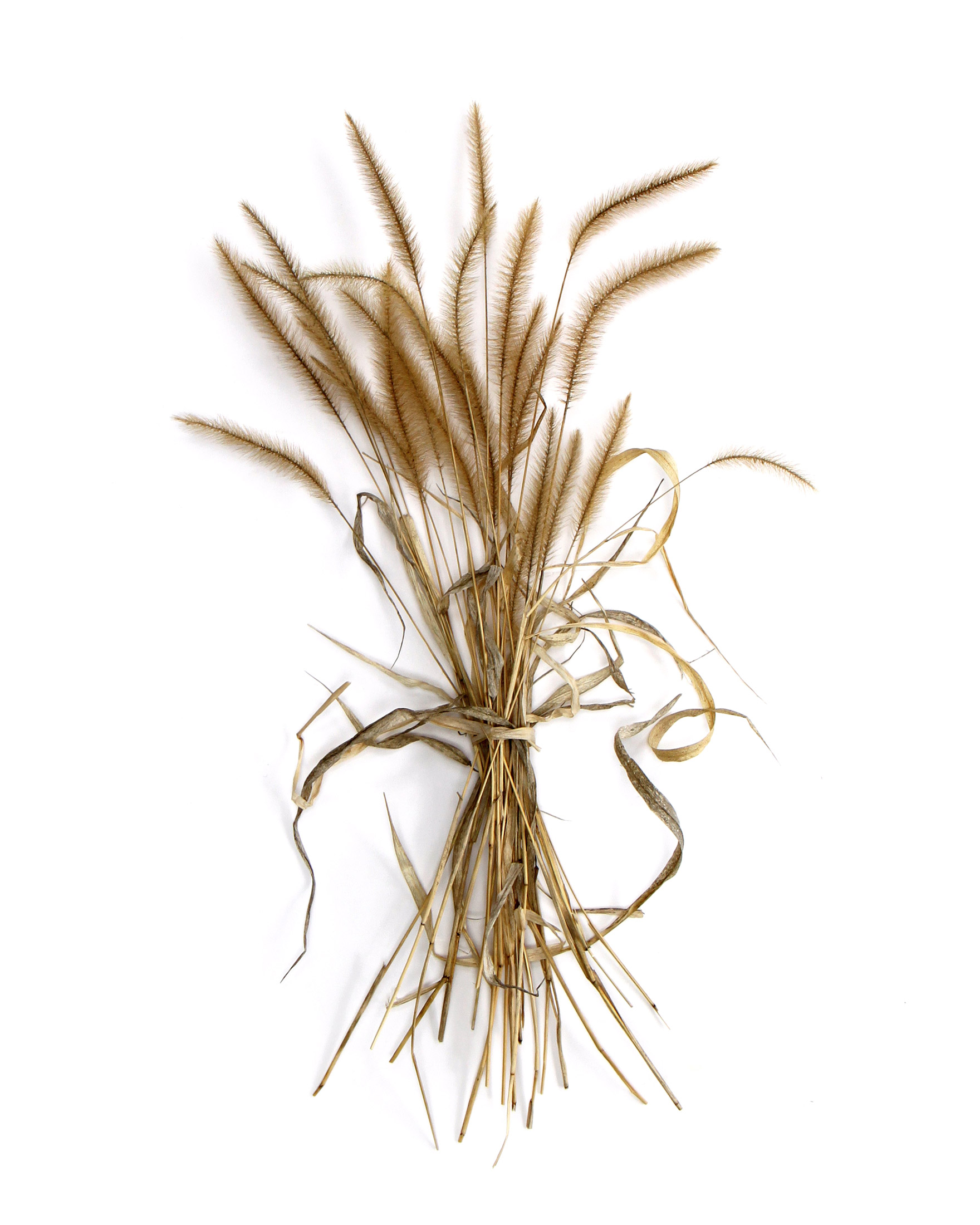
bound with love
it is tempting to tie a piece of twine or ribbon around these bouquets when i make them, but STILL has rules, and one of those rules is no non-organic man-made objects. finding leaves with enough flexibility in them, at this time of year, to use as twine tricky. but it’s worth it. after all, one cannot be breaking rules lightly, after ten years. i like the cohesiveness of the STILL collection. others may not notice, or even care, but i do.
bouquet of winter foxtail grass
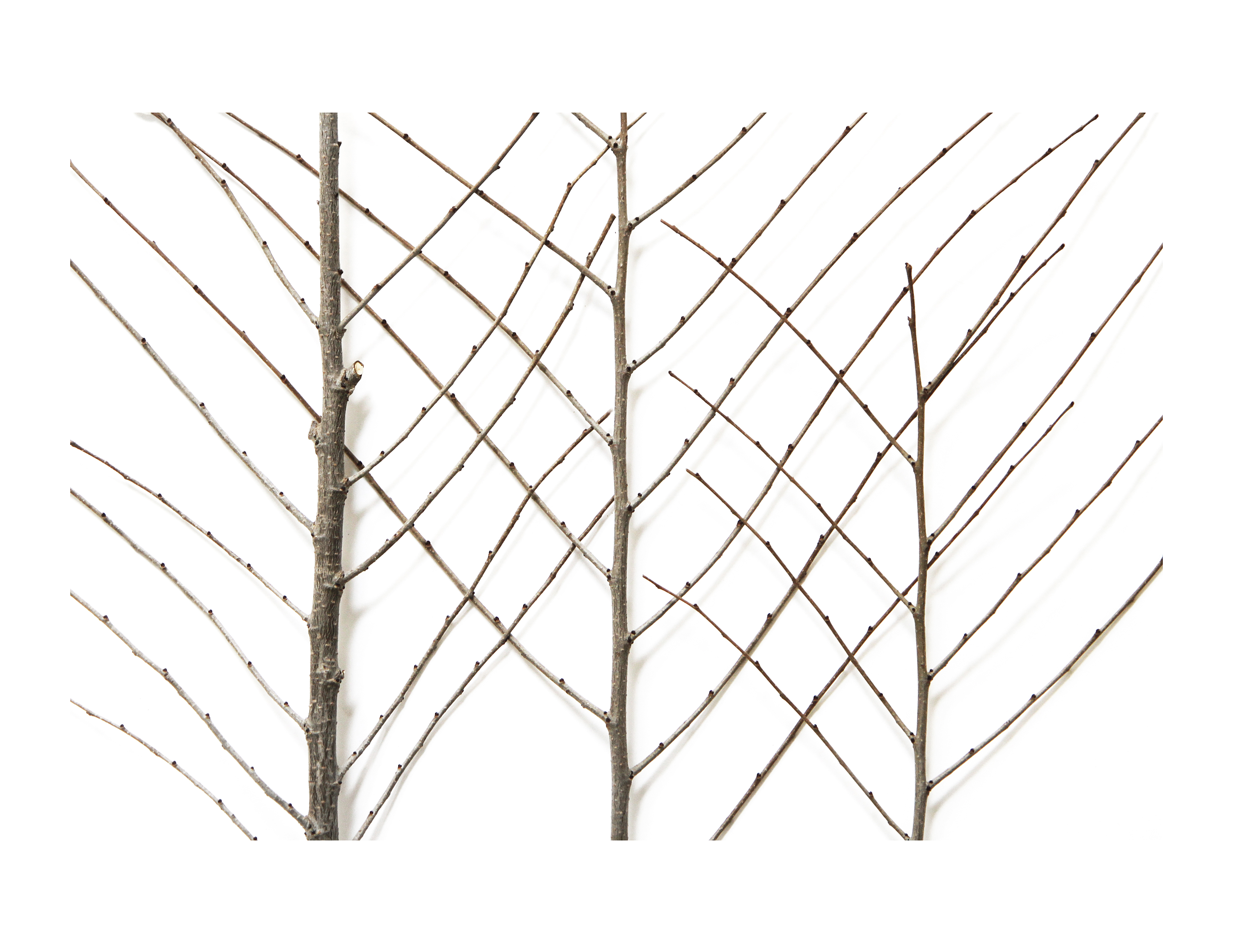
beautiful geometry
the cross hatching created by these branches soothes me. ordered. repetitive. predictable. just for a moment, the world makes sense.
winter branches
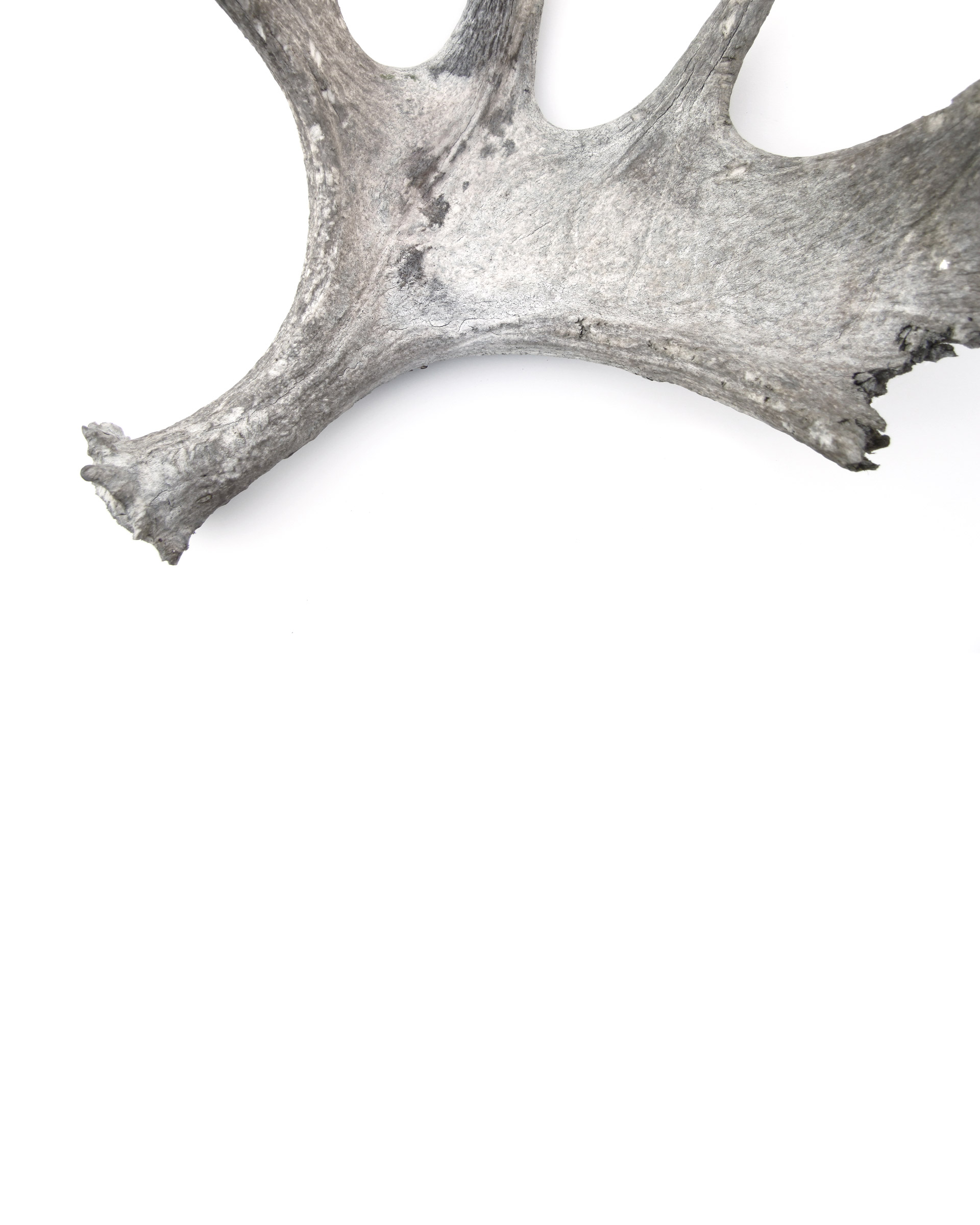
goose and geese, so why not moose and meese?
bull moose grow antlers every spring and summer, and then shed them in late fall and winter. the antlers are mainly used during the breeding season, called the “rut”, which is usually around september. i am proud to come from a state that still has spaces wild enough that we can support a moose population. the moose is minnesota’s largest wild animal, and minnesota is one of the few states that have moose.
moose antler
fun facts: a moose can store more than 100 pounds of food in its stomach. moose can run 35 mph and easily swim 10 miles without stopping. an adult moose weighs as much as four or five full-grown white-tailed deer.
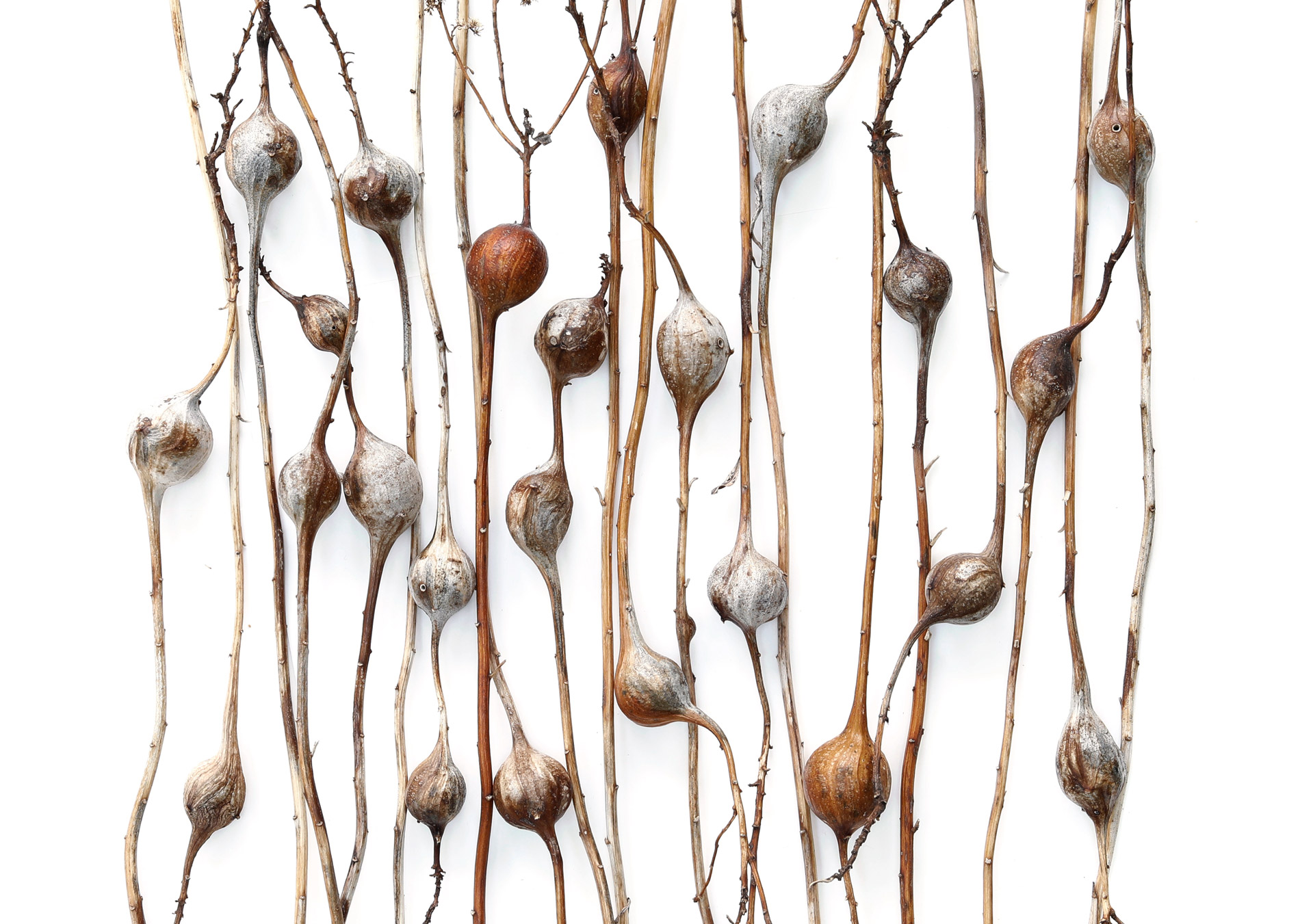
goldenrod ball gallmaker
one of my favorite winter sights is fields full of goldenrod stems, each with their own gall, sticking out from a white blanket of snow. the graphic absurdity of them make me smile. just in case you’re not familiar with goldenrod galls, i hopped over to wiki to share a few factoids with you. because everyone should be familiar with goldenrod galls :-)
The goldenrod gall fly , also known as the goldenrod ball gallmaker, is a species of fly native to North America. The species is best known for the characteristic galls it forms on several species in the Solidago, or goldenrod, genus. The fly’s eggs are inserted near the developing buds of the plant. After hatching, the larvae migrate to an area below the plant’s developing buds, where they then induce the plant’s tissues to form into the hardened, bulbous chamber referred to as a gall.
goldenrod stems with galls


